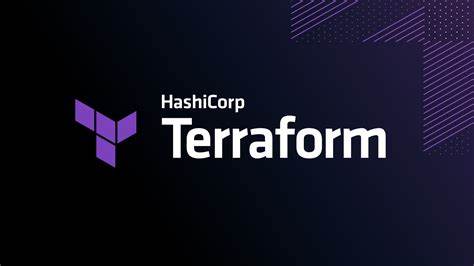☑️Day 62: Exploring Terraform State, Multi-Resource Configurations & Outputs🚀
 Kedar Pattanshetti
Kedar Pattanshetti
🔹Table of Contents :
Introduction
Terraform State (
tfstateFiles)Creating Multiple Resources in a Single
.tfFileOutput Variables in Terraform
Commands for Managing Terraform State and Outputs
Real-Time Applications and Benefits of Advanced Terraform Concepts
Conclusion
✅1. Understanding Terraform State (tfstate):
What is Terraform State?
Terraform State (
tfstatefile) tracks the real-world resources managed by Terraform. It’s stored as a JSON file and keeps Terraform aware of the existing environment.Helps Terraform know what changes need to be applied without re-creating resources that already exist.
Importance: Ensures consistency across environments and helps in collaborative workflows.
Real-World Use: In a multi-developer environment, it allows the team to manage resources without overlap, track resources efficiently, and apply accurate changes.
✅2. Creating Multiple Resources in a Single .tf File:
You can define multiple resources in the same
.tffile, allowing you to organize configurations more efficiently.Example: Creating multiple S3 buckets or EC2 instances in a single configuration.
Terraform Syntax Example:
resource "aws_instance" "web1" { ami = "ami-0c55b159cbfafe1f0" instance_type = "t2.micro" } resource "aws_instance" "web2" { ami = "ami-0c55b159cbfafe1f0" instance_type = "t2.micro" }Steps:
Define each resource block individually.
Specify attributes for each, even if they share similar configurations.
✅3. Adding Outputs in Terraform
What are Outputs?
Outputs allow you to display specific values from your resources after execution.
Useful for getting dynamic information like instance IP addresses or access credentials.
Real-World Use: Outputs can be used for fetching IPs for load balancers or sharing specific configuration details for deployment.
Example Output in
.tfFile:output "instance_ip" { value = aws_instance.web1.public_ip }Commands to Implement:
terraform applyto create resources.Check output values directly after provisioning.
✅4. Implementing Step-by-Step Commands
Initialize Directory:
terraform initValidate Configurations:
terraform validatePlan Execution:
terraform planApply Changes:
terraform apply
✅5. Real-World Scenario:
Multi-Resource Setup: When setting up a microservices architecture, you might want to deploy multiple EC2 instances with different configurations.
Outputs: To automate the IP address retrieval of these instances, using outputs makes deployments quicker and more reliable.
Stay tuned for more hands-on tasks and in-depth learning!🚀
🚀Thanks for joining me on Day 62! Let’s keep learning and growing together!
Happy Learning! 😊
#90DaysOfDevOps
Subscribe to my newsletter
Read articles from Kedar Pattanshetti directly inside your inbox. Subscribe to the newsletter, and don't miss out.
Written by
